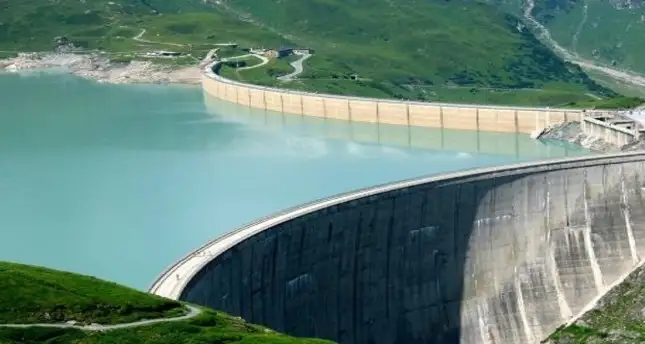While Tunisia is going through a period marked by drought and increasing concerns linked to water safety, the latest data published this Monday by the National Observatory of Agriculture (ONAGRI) reveal that the overall filling rate of the country’s dams amounts to 36.5% on April 16, 2025.
This represents a slight improvement compared to the previous year, with water reserves reaching 865.3 million cubic meters, compared to 832.8 million m³ in April 2024, an increase of 4%.
However, this progression masks important regional imbalances. The dams in the north of the country alone concentrate most of the available reserves, with a remarkable filling rate of 90.4% (or 782.4 million m³), thanks to more favorable rainfall in this region.
On the other hand, the Dams of the Center and Cape Bon display alarming levels: 7.3% (62.8 million m³) for the first and only 2.3% (20.1 million m³) for the latter.
This situation is all the more worrying that the water intake recorded since the start of the hydrological season, on September 1, 2024, do not exceed 737.8 million m³, a fall of 53.2% compared to the seasonal average estimated at 1,576.5 million m³.
On April 16, 2025, the distribution of contributions once again illustrated the geographic disparity: 89.7% were recorded in the North dams, against 7.3% in those of the center and 3% in the dams of Cap-Bon.








